Paheli set up an experiment using liquid A in the beaker as shown in Fig. 14.4. She observed that the bulb glows. Then she replaced the liquid A by another liquid B. This time the bulb did not glow. Boojho suggested replacing the bulb by an LED. They observed that the LED glows. Explain.
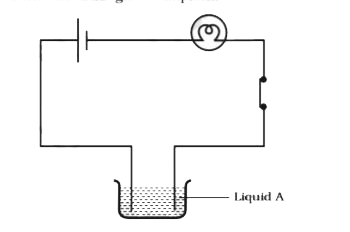
The current through liquid B could be weak and therefore unable to make the bulb glow. However, it was strong enough for the LED to glow.
Topper's Solved these Questions
Similar Questions
Boojho made the circuit given in Fig. 14.3 and observed that the bulb did not glow. On Paheli’s suggestion he added one more cell in the circuit. The bulb now glows. Explain.
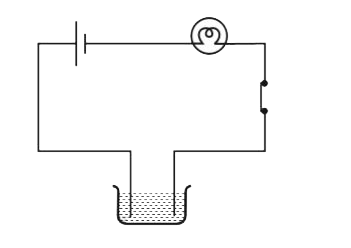
View SolutionPaheli connected two bulbs to a cell as shown in Fig. 12.8.
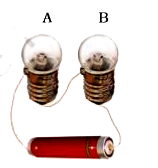
She found that filament of bulb B is broken. Will the bulb A glow in this circuit? Give reason.
View SolutionZubeda made an electric circuit using a cell holder shown in Fig., a switch and a bulb. When she put the switch in the 'ON' position, the bulb did not glow. Help Zubeda in identifying the possible defects in the circuit.
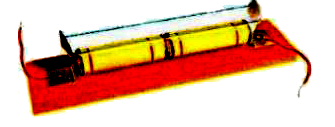
View SolutionBoojho and Paheli performed experiments taking similar bulbs and cells but two different solutions A and B as shown in Fig.14.1.
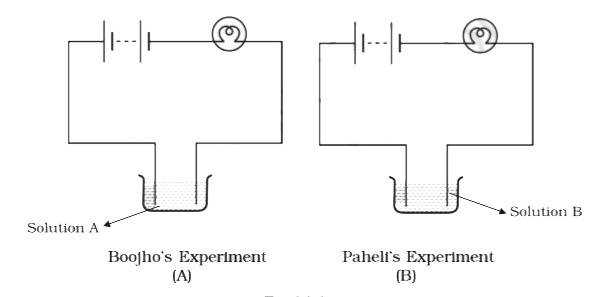
They found that the bulb in the setup A glows more brightly as compared to that of the setup B. You would conclude that.
View SolutionWould the bulb glow after completing the circuit shown in Fig. 12.14 if instead of safety pin we use an eraser?

View SolutionThe bulb does not glow in the set-up shown in the figure. List the possible reasons. Explain your answer.
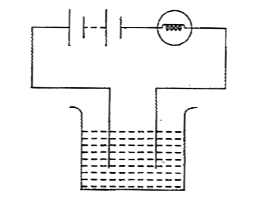
View SolutionMohan was asked by his teacher to determine the boiling point of a liquid. He set up the appartus as shown in the figure. He rocorded the boiling point of the liquid as 140∘C and reported the reading to this teacher. The teacher asked him to repeat the experiment after dipping the bulb of the thermometer in the liquid and also placing the beaker on a tripod stand covered with a wire gauze. After reading this narration, answer the following question :
(i) Was the reading taken by the student correct ?
(ii) What was the necessity of wire gauze?
(iii) How did teacher help the student?
(iv) What is teh value based information associated with this?
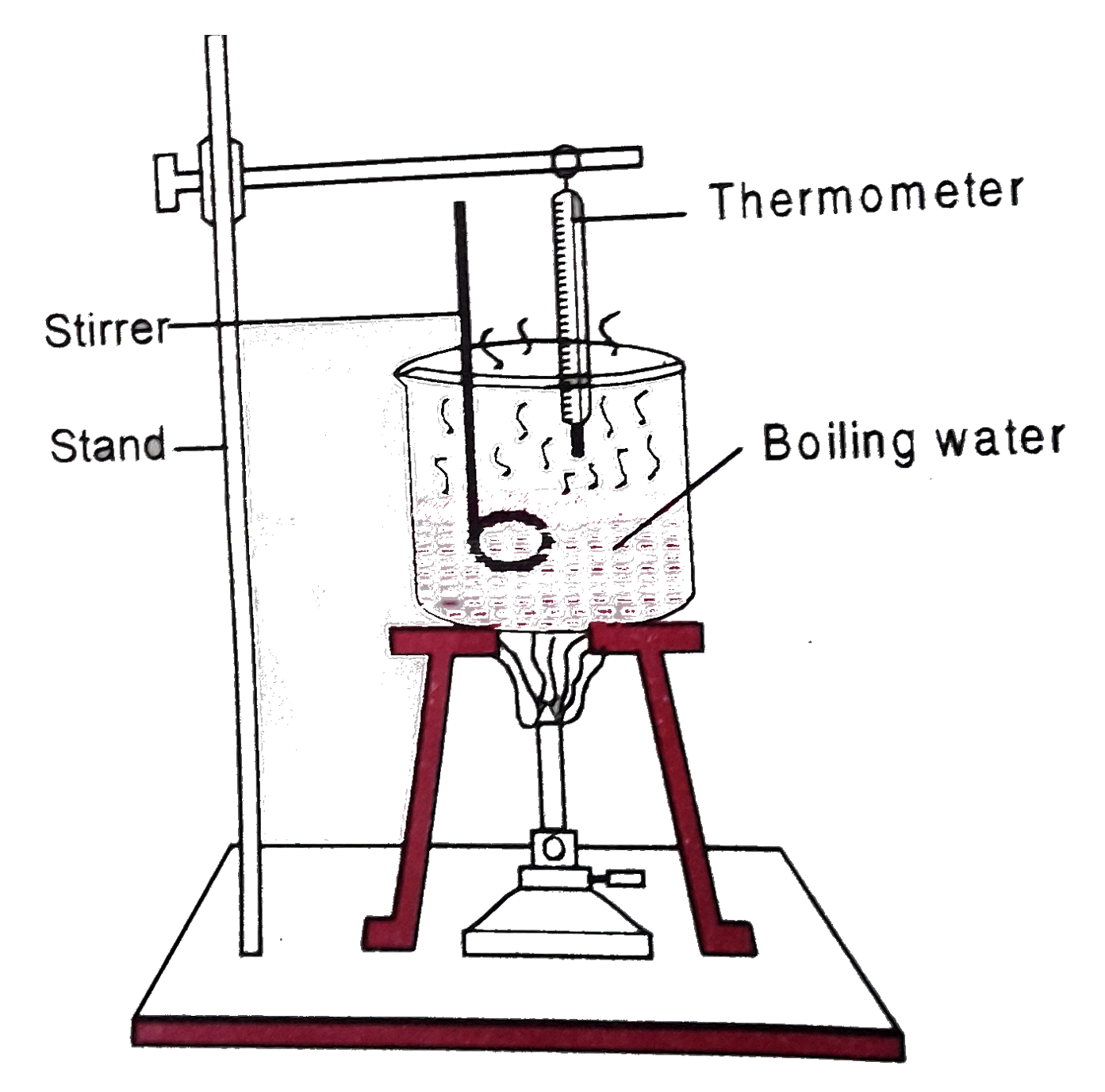
View SolutionSurbhi sets up the apparatus as shown to test the electrical conductivity of vinegar. She finds that the current passing through the circuit is not strong enough to make the bulb glow. What other device could she use in place of the bulb so that it glows even under weak current
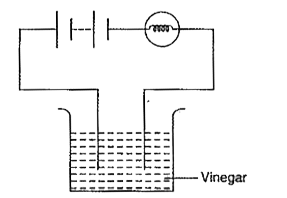
View SolutionThe diagram shows a tester consisting of a battery and LED whose open ends are dipped in a liquid. It is observed that even after some time , LED does not glow. Could it be due to the liquid being :
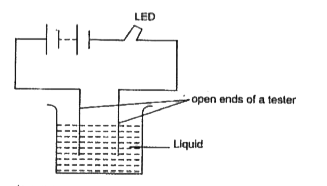
View SolutionObserving that the bulb does not glow in the circuit shown in Fig. 14.11 A, Boojho changed the circuit as shown in Fig 14.11 B. He observed deflection in the magnetic compass.

(i) What does the deflection in magnetic compass indicate?
(ii) Why did the bulb not glow in Fig.14.11 A?
(iii) What would be the effect of increase in the number of turns in the coil wound around the magnetic compass in Fig. 14.11B?
(iv) What will be observed if the number of cells are increased in the circuit shown in Fig. 14.11B?
View Solution